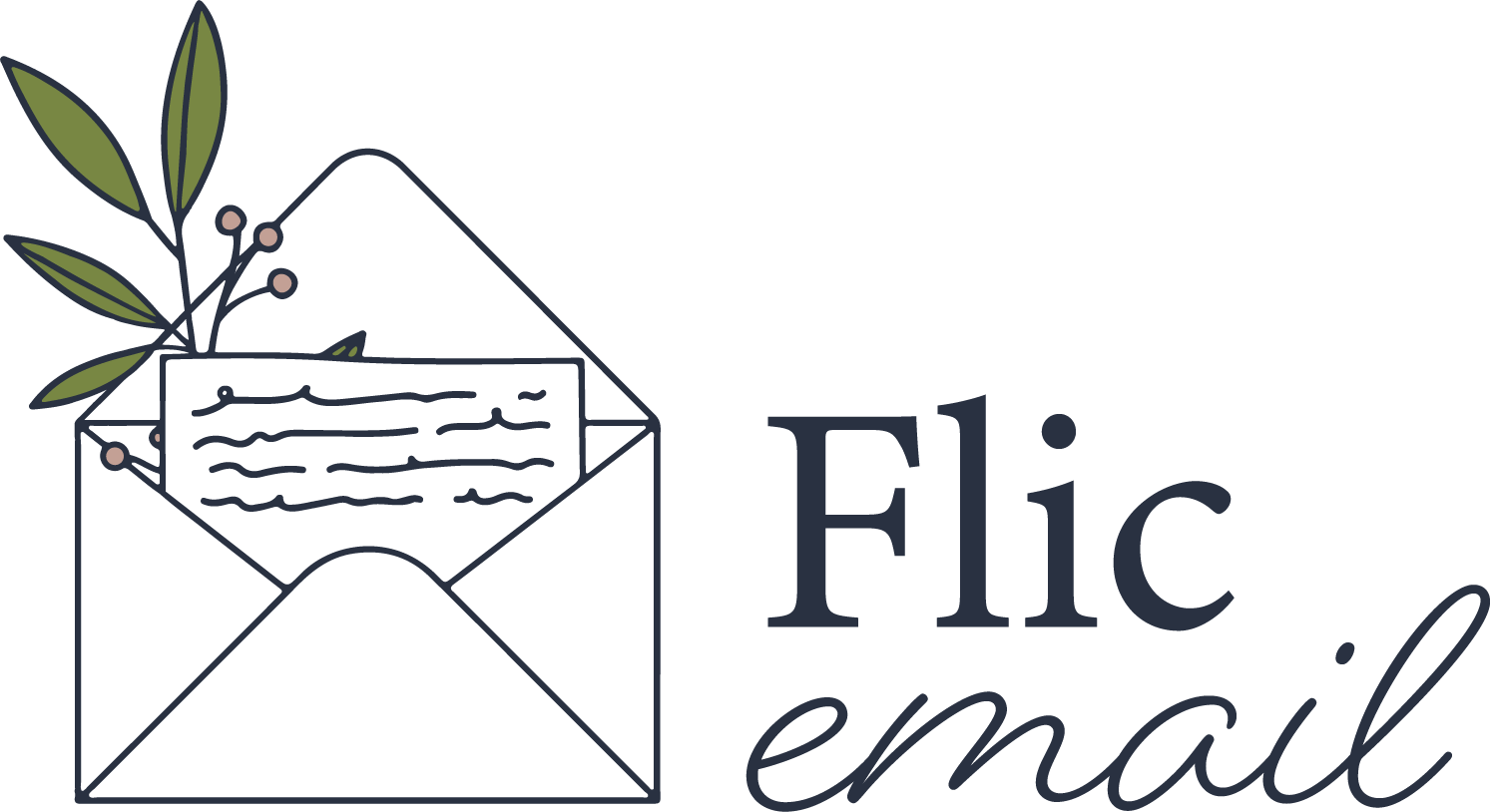Here's the Key to Avoiding Spam Filters
One Thursday morning late last year I poured myself a large coffee and signed in for a day of #emailgeek personal development at the virtual Deliverability Summit. For me the highlight was the very first keynote speech from Chaitanya Chinta, Cofounder & Deliverability Guy at Pepipost. In just a few bullet points Chaitanya succinctly summarised email deliverability:
The job of mailbox providers is to protect users' mailboxes from unwanted email.
Most of the world’s email is spam.
Therefore, senders are treated with suspicion.
Spam filters are 99.9% accurate.
Still, a few legitimate emails will get caught in the crossfire.
When you then take into account that experts are predicting that a massive 332 billion emails will be sent DAILY in 2022 it becomes evident that spam filters and ISPs will be working harder than ever. So, we need to play our part and create permission-based, well designed and relevant emails to help them out!
The key to avoiding spam filters is understanding how they work.
What is spam?
Essentially, spam is unsolicited, irrelevant email, sent in bulk to a list of people. This can include unwanted commercial emails or fraudulent messages, like those including phishing scams or computer viruses.
How do spam filters work?
Spam filters consider a long list of criteria when judging if an email will reach the inbox.
They weigh each factor of each email and add them up to assign a spam score, which helps determine whether that campaign will pass through the filter. If the score exceeds a certain threshold, the email will get flagged as spam and go straight to the junk folder.
However, each spam filter functions a bit differently and scores are typically determined by individual server administrators. This means that an email could pass through Spam Filter A without issue, but get flagged by Spam Filter B.
The list of criteria is constantly growing and adapting, partly based on what people identify as spam with the ‘Mark as spam’ or ‘This is junk’ button in their inbox and spam filters even sync up with each other to share what they’ve learned!
As individual servers don’t publish details regarding their filtering practices, we have no magic formula for avoiding them altogether. But there are some “best practices” we can all follow.
What steps can you take?
1. Permission is key. Without permission, you could be reported for abuse whether or not you’re a legitimate marketer.
Choose your opt-in method wisely. Double opt-in is valuable because you’ll know (and have proof) that each and every recipient gave you permission to send them emails.
Don’t assume you have permission. Even if your intended recipients are already your customers (or your colleagues, or people you met at a networking event etc), do not send promotional email without getting permission first.
2. Show the spam filters that you’re acquainted with the person receiving the email.
Use merge tags to personalise the To: field of your campaign.
Send via verified domains.
Ask recipients to add you to their address book (this is often referred to as ‘whitelisting’)
3. Use one of your Email Service Provider’s templates or work with a designer when creating your campaigns. Spam filters can be triggered by poor code, extra tags, or code pulled in from Microsoft Word.
4. Think carefully about your content and formatting. Some spam filters will flag emails based on specific content or images they contain.
Design your campaign to be clear, balanced, and to promote engagement from your subscribers.
Be consistent. Try not to stray too far from the content and design that your audience already associates with your brand, website, or social media channels.
Test! Use A/B or multivariate testing to learn how changes with your content affects delivery and engagement.
5. Set expectations when people join your list. Tell them what you’ll be sending and how often you’ll be sending it. If your subscribers think they’re signing up for monthly newsletters and you start sending them weekly promotions, they may get annoyed and unsubscribe. If you want to send out different content (monthly newsletters, weekly special offers, etc.), consider setting up groups in your list so subscribers can choose what content they want to receive from you.
6. Don’t wait too long before contacting your subscribers, mailing lists can go stale if not used regularly. Lists with a lot of stale addresses can lead to high rates of bounces, spam complaints, and unsubscribes.
Add an up to date permission reminder in each campaign.
Set up a process where new subscribers receive emails from you right away, such as an automated welcome email.
If you’re worried that your list has gone stale, remove the list and reconfirm the email addresses outside of your Email Service Provider.
7. Don’t try to hide your unsubscribe link! When the link is prominent, people who no longer wish to receive your emails will be able to quickly and easily remove themselves from your mailing list. When the link is hard to find, the recipient might be more inclined to mark your message as spam, resulting in an abuse complaint within your Mailchimp account.
As you can see there are many factors which play into getting past those spam filters. All of these (and more!) will determine whether or not your emails will be delivered successfully so you should be ever-vigilant and make deliverability a key part of your ongoing email marketing strategy.

